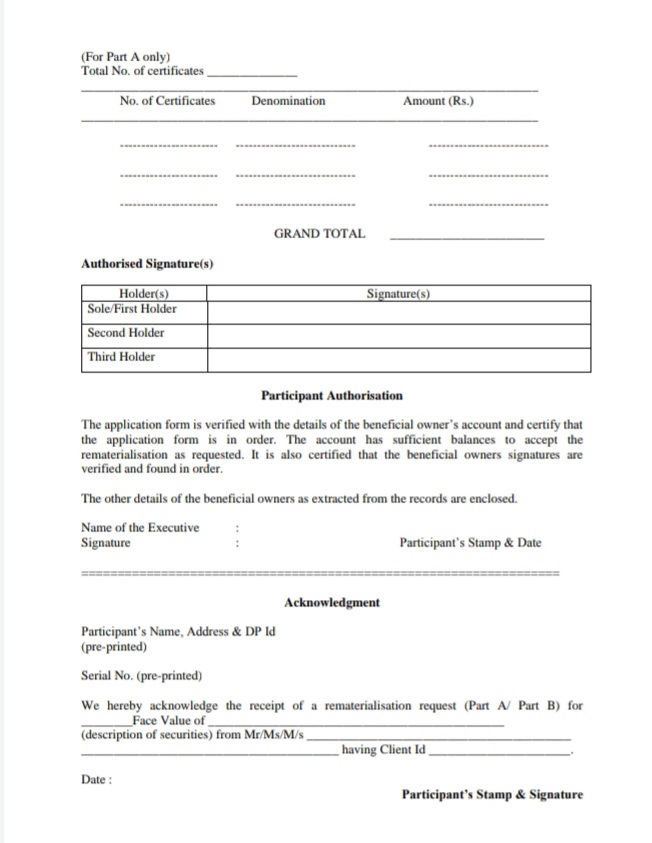
How #movies are Distribured?
A Long thread:
3 popular approaches to transfer of distribution rights via Distribution contracts
1. MG+Royalty–Here,d producer sells the distribution rights for a defined territory for a minimum lump sum irrespective of d BO performance of d film.
A Long thread:
3 popular approaches to transfer of distribution rights via Distribution contracts
1. MG+Royalty–Here,d producer sells the distribution rights for a defined territory for a minimum lump sum irrespective of d BO performance of d film.
Any surplus is shared between d producer&distributor,in a pre-set ratio (typically 1:2)after deducting tax,show rentals, commission,print costs& publicity costs.
Effectively,the distributor becomes a financier in the eyes of the market. This is the most common channel available to high budget producers.
2.Commission – Here, the distributor pays the producer the entire box office collection after deducting commission. So, the entire risk of box office performance of the film remains with the producer. This is the most common channel available to low budget producers.
By the first decade of 21st century, about 90 per cent of the films were released on commission basis
3.Outright Sale – Here, the producer sells all distribution and theatrical exhibition rights for a defined territory exclusively to a distributor. Effectively, the distributor becomes a producer in the eyes of the market.
So,the entire risk of box office performance of the film remains with the distributor.
4 popular approaches to transfer of exhibition rights via exhibition contracts:
1. Theatre Hire – Here,d exhibitor pays d distributor d entire BO collection after deducting tax and show rentals. So,the entire risk of BO performance of the film remains with the distributor.
1. Theatre Hire – Here,d exhibitor pays d distributor d entire BO collection after deducting tax and show rentals. So,the entire risk of BO performance of the film remains with the distributor.
This is the most common channel for low-budget films, casting rank newcomers, with unproven track record. In Chennai, a moderate theatre with AC and DTS can fetch around ₹1 lakh as weekly rent.
2.Fixed Hire – Here, the exhibitor pays the distributor a maximum lump sum irrespective of the box office performance of the film. Rental is not chargeable per show. Any surplus after deducting tax is retained by the exhibitor.
Effectively, the exhibitor becomes a distributor in the eyes of the market. So, the entire risk of box office performance of the film remains with the exhibitor.
3. MG+Royalty– Here, the exhibitor pays the distributor a minimum lump sum irrespective of the BO performance of the film. Rental is not chargeable per show.Any surplus after deducting tax& show rental is shared in a pre-set ratio (1:2) between d distributor&exhibitor typically.
4. Revenue Share – Here, the distributor shares with the exhibitor, in a pre-set ratio (typically 1:1), the entire BO collection of the film after deducting tax. Rental is not chargeable per show.
So, the entire risk of box office performance of the film is shared between the exhibitor and distributor. This is the most common channel preferred by multiplex screens.
Pls unroll @threadreaderapp
• • •
Missing some Tweet in this thread? You can try to
force a refresh





